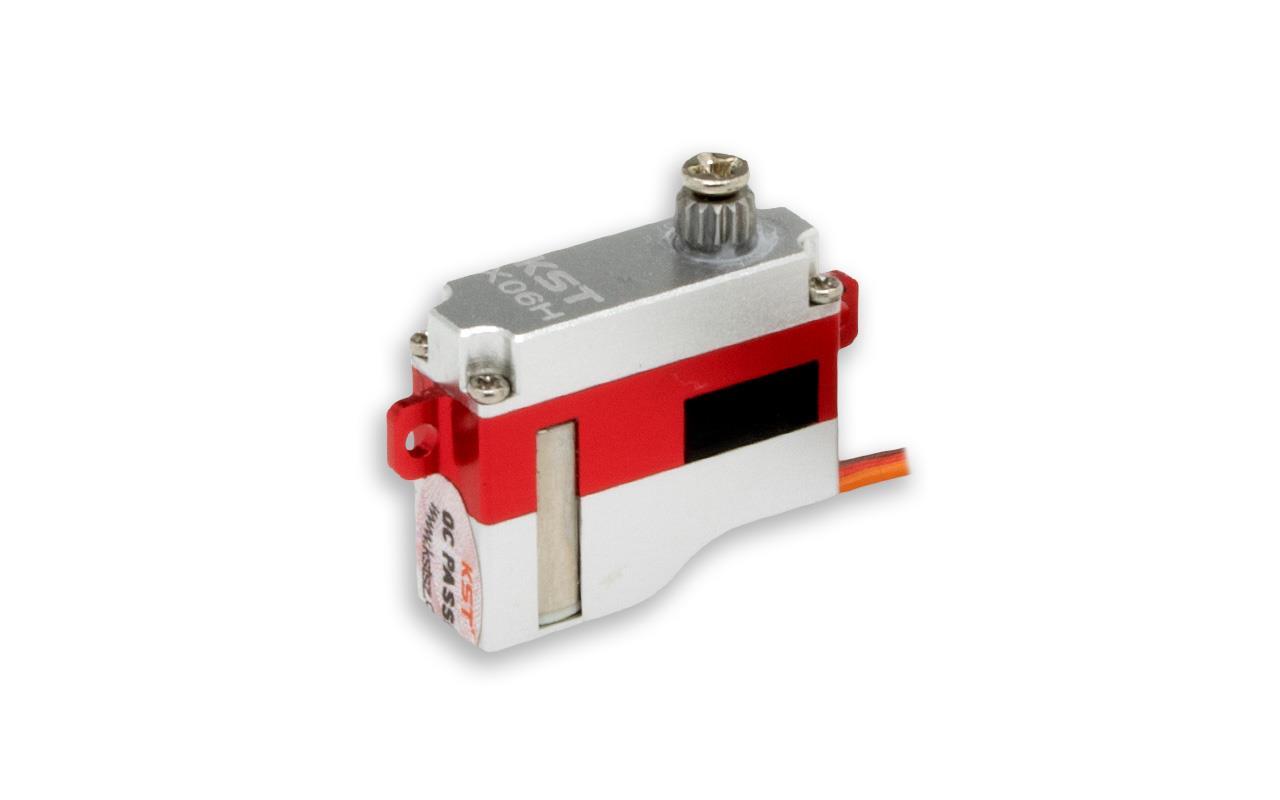After I did the side project "Molch" with interior and watching this guy's videos about making an RC version of the 1:350 scale I-400 (https://www.youtube.com/watch?v=c0qUOpaPLz8) I felt the temptation to make an RC version of the Molch. So I went to my digital drawing board....
I plan to make it a static diver with actuated rudder and rear dive planes. The ballast tank main volume will be flooded and emptied like in the I-400 build via a u-shaped propulsor. The fine adjustments are going to be made via a servo actuated negative tank which will be based on a syringe. The propulsor and the drive motor will be 4 mm diameter drone motors that will be driven via controllers directly from the receiver power. The 4 battery cells will be located in the two torpedos. Everything will be located in a 3 cm WTC. As soon as I get the XXIII on the finishing line, I'll get on this project....we'll see.

I plan to make it a static diver with actuated rudder and rear dive planes. The ballast tank main volume will be flooded and emptied like in the I-400 build via a u-shaped propulsor. The fine adjustments are going to be made via a servo actuated negative tank which will be based on a syringe. The propulsor and the drive motor will be 4 mm diameter drone motors that will be driven via controllers directly from the receiver power. The 4 battery cells will be located in the two torpedos. Everything will be located in a 3 cm WTC. As soon as I get the XXIII on the finishing line, I'll get on this project....we'll see.









Comment